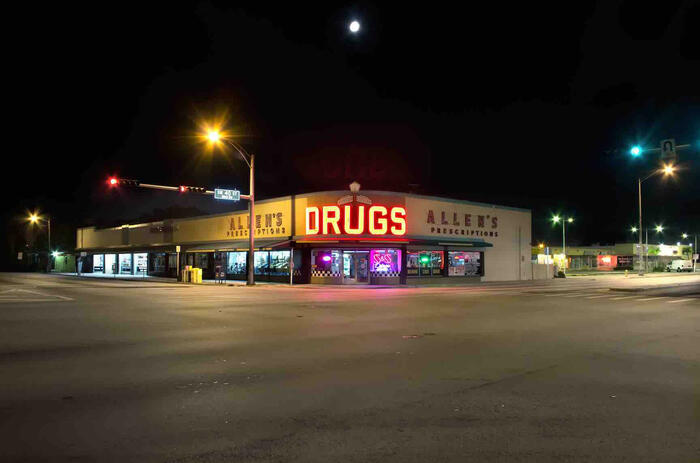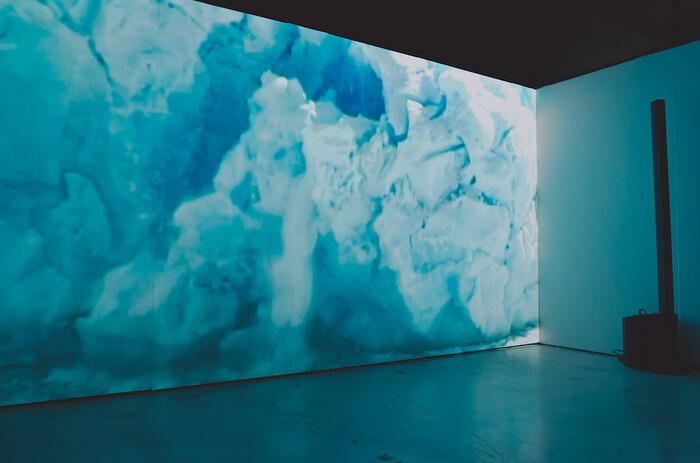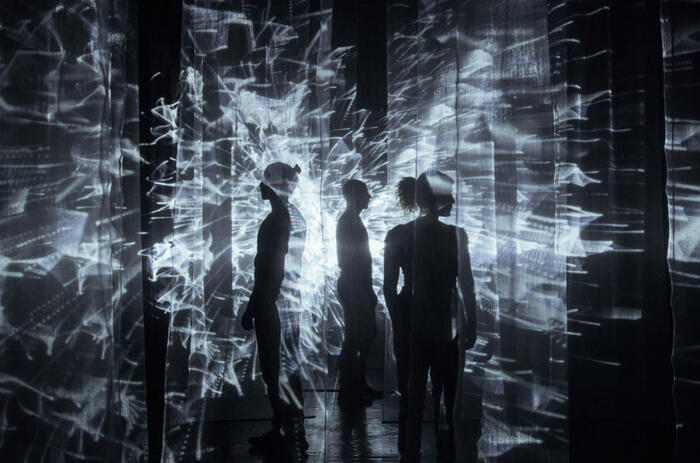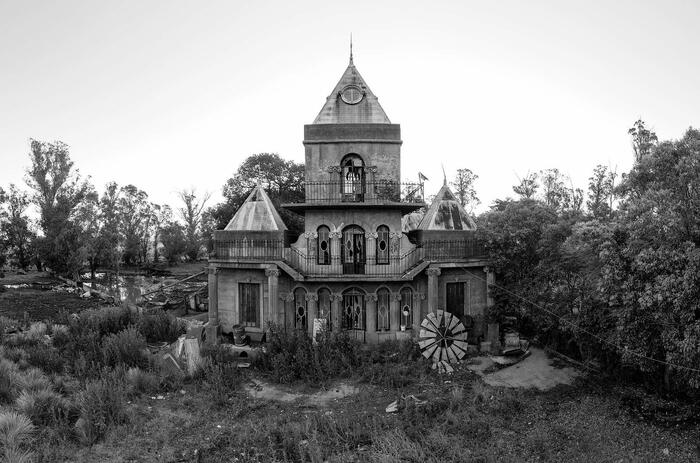CLAUDIO CORREA: OVERCOMING A RESISTANCE
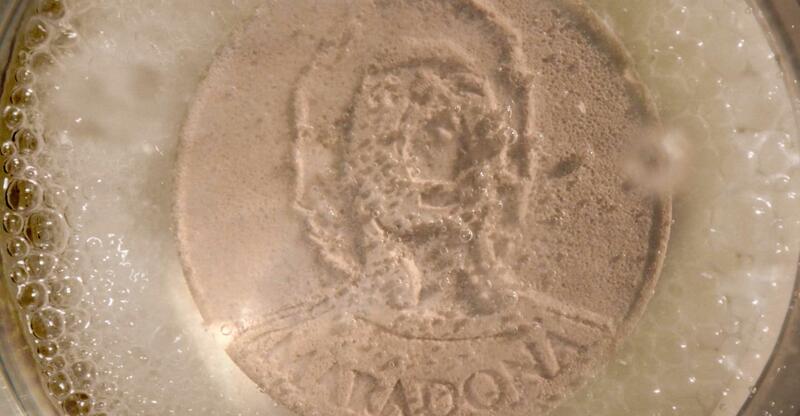
Six effervescent tablets with the carved faces of international football idols: Diego Maradona, Gerard Piqué, Cristiano Ronaldo, Alexis Sánchez, Lionel Messi, Zinedine Zidane and Marcelo Bielsa. The faces dissolve in water. The sound of effervescence, rather of Disolvence is amplified, while the faces of the idols disintegrate until they become the sound of a crowd in a stadium shouting: gooooool!
Disolvence (2021) and De chilena (2021) are the videos that the Chilean artist Claudio Correa has exhibited at the Loop Barcelona 2021 video art festival and at the 15th Media Arts Biennale in the Art Contemporary Museum Chile until March 2022. Issues such as the body, violence and power have been problematized by the artist through installations and object art. For the last two years Correa has been undertaking new research based on slapstick, a kind of comedy characterized by comic gags that aestheticize violence, to reinterpret two of the most important references of mass culture, a football imaginary and a Catholic imaginary.
De chilena refers to the "Chilean" -scissor kick- football acrobatics, a movement by which the football player, floating in the air, strikes the ball with one of his legs. The video shows a fussball table, whose metal bars with small players are moved by a group of people. One of the players sends the ball out of the service zone. The ball hits a racquet, whose surface has been painted with the face of Christ with a crown of thorns. The same shot is repeated. The ball hits the face again and again and is returned to the fussball table, where figures of crucified Christ have been arranged instead of small football players.
In a post-pandemic apocalyptic world, the game's journey highlights the problem of the increasing rejection of sexual, cultural and political differences in contemporary society. An insensitivity is driven by neo-fascist groups that raise the idea of a homogeneous and immobile reality, deprived of chance and possibilities of action. As the political scientist Sami Näir observed in the face of the free market crisis, the neo-facist ideology: "Holds a pure understanding of the nation (biological, cultural or historical), a visceral rejection of the miscegenation, and shows a pathological fear of the evolution of cultural habits (hence its homophobia and anti-feminism)".
Such a crisis has as its victim not only the immigrant, but also the football fan. Teams are valued based on the product, regardless of whether their victories are really deserved, hence the perversion of the game. We can view the works in terms of productivity, that is, in relation to the market and its permeating power, where the precariousness of work is revealed, whose visible face is the use of the worker as a mere package of hours, as Mark Fisher reminded us. In an interview with Marcelo Bielsa, current manager of Leeds United, "the madman" -as he is known - observed that the current world of football is a copy of the world of business. Businessmen treat the football fans like the thousands of workers they have working. What is it the difference between the two? An operator works, while a football fan feels. Something similar happens in the art world. "Big, colourful, expensive...very smart. Life of leisure...with tennis, friends, traveling, dance, theather!" say Rat and Bear -the characters from the film The Point of Least Resistance (1981) by Peter Fischli and David Weiss- as they embark upon an adventure of fate and drift into a desolate art world, where what remains are only objects and their apparent uses. In Disolvence and De chilena, objects take preference, but from the perspective of their obsolescence. Just like the market, the main focus is the abstraction of the rules of game and the idea that the best will always triumph.
In Disolvence the effervescence of the pills and the resulting disappearance of the faces of the football idols refer to satisfaction. The sound of ecstasy is standardised by the audiovisual effect with which one shot dissolves into another (cross dissolve). Precisely, this effect allows us to conceptualize Correa's visual proposal, the disappearance of objects and the packaged satisfaction that led us to our most recent choice: the alienation of ecstasy by the resistance of happiness. In alienation, identifications arise as instruments to survive the unbearable, while in resistance, well-being is the ability to withstand, as the Stoics said, and remain firm in the face of our desires.
Nietzsche asked in The Antichrist: "What is happiness?", answering: "The feeling of that which increases power; the feeling of having overcome resistance". But in contemporary capitalism, the resistance against the oppression of reality leads to alienation. Collective effervesce, where feelings and desires melt in an amorphous mass, lead us to pure ecstasy. The dissolution of the self in a crowd, intimacy becomes a generic product. Subjectivity no longer resists the ecstasy of consumption that appears both sensitive and emotional, dark and blazing at the same time, as Fisher reminded us.
It may seem that playing with possibilities and opposing resistance is only feasible in the imaginary space of the work. In our present, the alienation of ecstasy turns reality into mere fiction. In Disolvence and De chilena a script is articulated that accounts for the exchange of objects by causes, effects and relationships, showing us that the tormented Christ, like the market, does not inhabit the now as symbol of an imaginary world. Likewise, we see the abstraction of the framework of the game, to continue believing ironically in chance as an escape route: the individual shout within the mass shout within the framework of the game dissolved in the heads of Messi, Zidane and Piqué.
Claudio Correa: Disolvencia – De chilena
Essay by Pía Cordero

